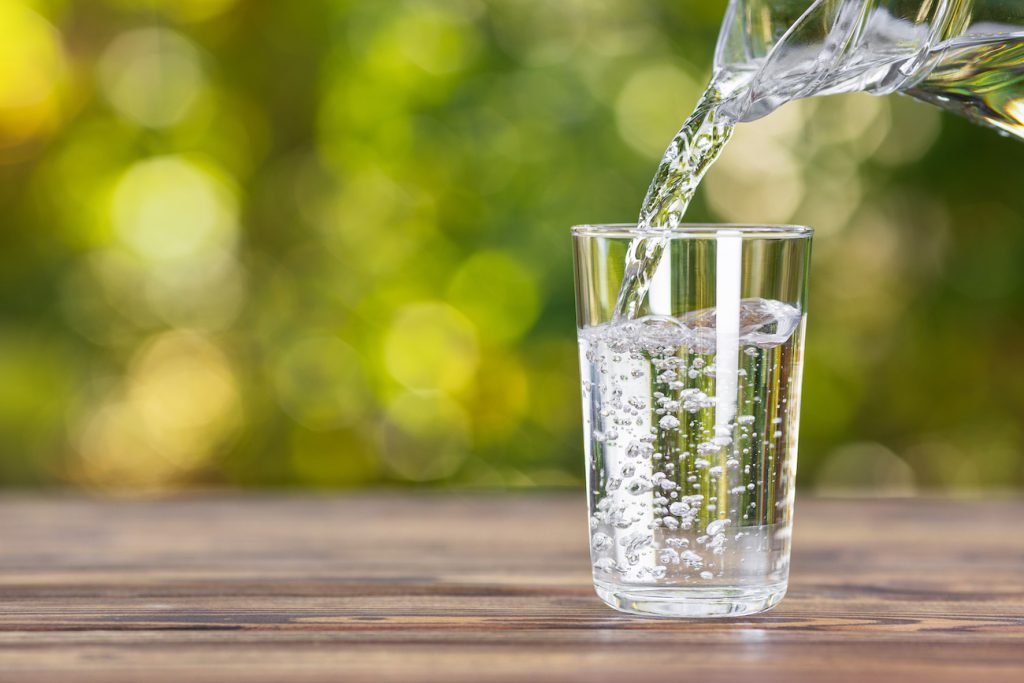Working outdoors exposes individuals to various environmental factors, including heat exposure, which can significantly increase the risk of dehydration. Dehydration can have detrimental effects on physical health, cognitive function, and overall well-being. Staying hydrated is key and should be a priority.
You may have heard the saying “by the time a worker is thirsty, he or she is already 2-3% dehydrated” and this is generally considered true. Thirst is the body’s way of signaling that it is already experiencing a certain level of dehydration. By the time a person feels thirsty, they have likely lost a significant amount of fluids, and dehydration may have already set in to some extent.
This blog post aims to provide outdoor workers with essential guidelines on how to stay hydrated and prevent dehydration while on the job.
Tips for how to stay hydrated
1. Understand the Importance of Hydration
Recognizing the significance of staying hydrated is crucial in maintaining optimal health and work performance. Water plays a vital role in regulating body temperature, lubricating joints, transporting nutrients, and supporting overall bodily functions. It is essential to prioritize hydration, particularly during periods of physical exertion and in hot or humid environments.
2. Know the Signs of Dehydration
Familiarize yourself with the symptoms of dehydration to identify warning signs for yourself and co-workers. Common indications include:
- Thirst
- Dry or sticky mouth
- Fatigue or dizziness
- Dark urine or reduced urine output
- Headache
- Muscle cramps
- Dry skin
- Rapid heartbeat
If you experience any of these symptoms, take immediate action to rehydrate.
3. Follow the Hydration Plan
Some companies have a well developed hydration plan that can help prevent dehydration and ensure consistent fluid intake throughout the workday. As a worker, review this plan or at least consider the following guidelines:
- Determine your individual fluid needs based on the nature of your work, intensity of physical activity, and environmental conditions. Consult with a healthcare professional if necessary.
- Start the day hydrated by drinking water before beginning your work shift.
- Create a schedule for regular hydration breaks, even if you don’t feel thirsty.
- Identify accessible water sources within your work area and plan accordingly.
- If possible, avoid or minimize the consumption of sugary and caffeinated beverages, as they can contribute to dehydration.
4. Hydration Strategies
In addition to a hydration plan, there are other common hydration practices to follow.
- Use a refillable water bottle: Carry a personal water bottle and make it a habit to refill it regularly. This ensures a constant supply of water.
- Wear appropriate clothing: Opt for lightweight, breathable fabrics that allow sweat evaporation and aid in maintaining body temperature.
- Take advantage of shade: Whenever possible, seek shade during breaks to reduce sun exposure and minimize fluid loss through sweat.
- Use electrolyte replacements: In cases of intense physical activity or extended exposure to heat, consider consuming sports drinks or electrolyte replacements to replenish essential minerals lost through sweating.
5. Maintain a Healthy Lifestyle:
Adopting a healthy lifestyle outside of work can complement your hydration efforts:
- Prioritize balanced nutrition: Consume a well-rounded diet that includes fruits, vegetables, and foods with high water content to support hydration.
- Limit alcohol consumption: Alcohol acts as a diuretic, promoting fluid loss. Minimize alcohol intake.
- Get adequate rest: Sufficient sleep allows the body to recover and maintain optimal functioning, including fluid balance.
- Be mindful of medications: Some medications may increase the risk of dehydration. Consult your healthcare provider regarding the potential effects of your medications and adjust your hydration plan accordingly.
How much water should you drink?
The amount of water a worker should drink can vary depending on several factors, including individual needs, activity level, environmental conditions, and overall health. However, a general guideline for daily water intake is to aim for at least eight 8-ounce glasses of water per day, which is approximately 2 liters or half a gallon.
For outdoor workers, especially those engaged in physical labor or exposed to high temperatures, additional water intake is typically required to compensate for fluid loss through sweating. It is recommended to drink water consistently throughout the day rather than consuming large amounts at once.
It is important to note that the “8×8” guideline (eight 8-ounce glasses) is a basic recommendation and may not be sufficient for everyone, particularly in certain circumstances. Individual hydration needs can vary, and it’s best to consult with a healthcare professional or a registered dietitian to determine the appropriate water intake for specific work conditions and personal health factors.
According to the CDC, “do not drink more than 48 oz (1½ quarts) per hour! Drinking too much water or other fluids (sports drinks, energy drinks, etc.) can cause a medical emergency because the concentration of salt in the blood becomes too low.”
Recap
Send this blog to companies or directly to employees to keep safety top of mind. Some industries that come to mind are, Construction, Agriculture/Farming, Landscaping/Groundskeeping, Forestry/ Logging, Environmental Services, Rooftop Installation/Maintenance, and Outdoor Recreation. Staying hydrated is so important to eliminating injuries and making worker’s health a priority.

